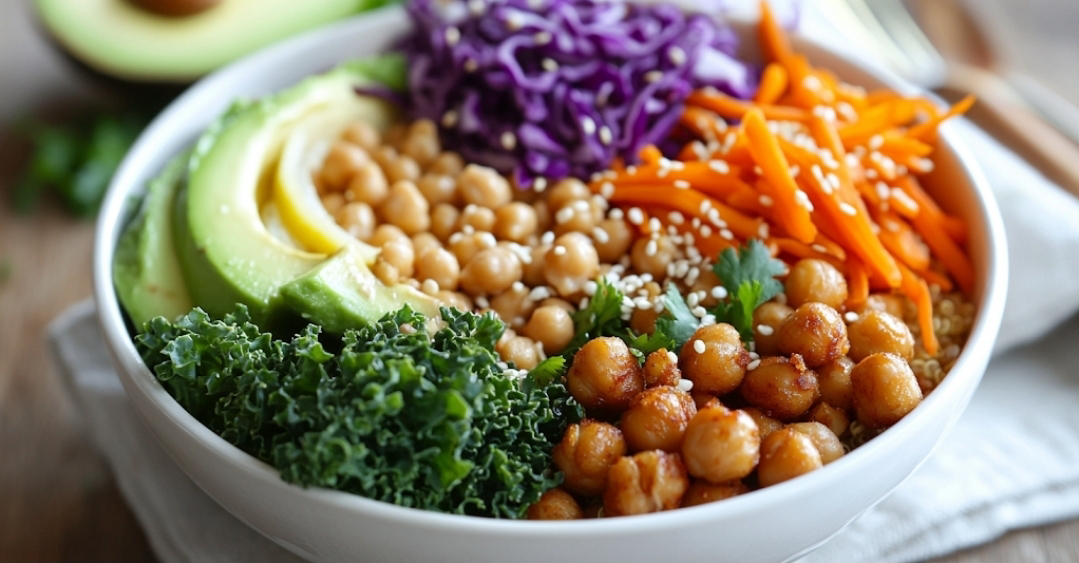Maintaining a Low-Sodium Diet: What I Recommend as a GI Doctor
As a gastrointestinal (GI) doctor, I often advise my patients to adopt a low-sodium diet for better health. In this video, I’ll discuss some key things I would never do when trying to maintain a low-sodium lifestyle.
1. Don’t Rely on Just Skipping the Salt Shaker
Many patients believe they’re already following a low-sodium diet simply because they don’t use a salt shaker. While that’s a good start, it’s not enough. I, too, would never use a salt shaker on a low-sodium diet, but reducing sodium intake goes far beyond that.
2. Don’t Expect Food to Taste the Same
One thing I would never expect is for food to taste the same once you begin a low-sodium diet. But don’t worry—while you might initially miss the salt, you’ll soon discover hidden flavors in foods that were previously masked by high sodium.
It’s helpful to remember that not long ago, sodium wasn’t as prevalent in our diets. Fresh fruits, vegetables, and unprocessed meats are naturally low in sodium. The significant increase in sodium consumption began when we started preserving food. That’s why I would never expect preserved meats—like pepperoni, jerky, or deli meats—to be low in sodium.
3. Don’t Be Misled by "White Meat" or Healthy-Sounding Foods
There’s a common misconception that white meats like turkey and chicken are always low in sodium, but that’s not true if they’re processed. Deli meats, even turkey or chicken, often have high sodium content. This is also true for smoked salmon or canned tuna, which are some of the saltiest processed meats available.
When it comes to canned foods, I would never opt for jarred sauces or canned vegetables without checking the label. Canning is a preservation method that usually results in higher sodium levels. Canned tomatoes can sometimes be low in sodium, but this varies by brand, so always check. As for beans, I’d recommend using dried beans and slow-cooking them yourself to control the sodium levels.
4. Don’t Trust "Low Sodium" Labels Without Checking
It’s important to realize that products labeled “low sodium” don’t always meet a medical standard for low sodium. The label simply means the product contains less sodium than comparable items, which could still mean it has a lot of sodium. I would never trust the front of the label alone—instead, I’d turn the package around and carefully check the sodium content, along with the serving size. Be mindful—are you really only going to eat 17 chips?
5. Don’t Ignore Frozen Foods—But Be Selective
Frozen foods can vary widely in sodium content. While frozen fruits and vegetables are great (they have no added sodium), frozen meats and pre-made meals are often loaded with salt. I would never choose pre-made frozen meals, as they’re typically very high in sodium. However, some manufacturers are now responding to consumers' demands for low-sodium options, so check the label carefully to ensure it’s a truly low-sodium product.
6. Avoid Sports Drinks for Routine Workouts
Diet and exercise go hand in hand, but I would never drink a sports drink for a typical workout. For a routine, 30-minute workout in a climate-controlled setting, your body doesn’t need the extra sodium found in sports drinks. Instead, water is sufficient to keep you hydrated. Sports drinks are designed for intense, prolonged exercise in extreme conditions—not for casual workouts. Drinking them unnecessarily can add an extra 200mg of sodium to your daily intake.
7. Don’t Assume Healthy Foods Are Low in Sodium
It’s easy to assume that healthy foods are low in sodium, but that’s not always the case. For example, salads are healthy, but many salad dressings are packed with sodium. Similarly, low-fat foods often contain added salt to make up for the reduced fat content. So, I would never trust a product based on its "healthy" appearance—always check the nutrition label for hidden sodium and sugars.
8. Watch Out for Baked Goods
Baked goods are another hidden source of sodium, and many don’t come with a nutrition label. Whole-grain breads, bagels, and other baked products often contain a lot of sodium. Instead of relying on grains, I recommend getting your fiber from fresh fruits and vegetables, which are naturally low in sodium and provide plenty of antioxidants, vitamins, and minerals.
9. Don’t Overuse Salt in Baking
Salt has become trendy in baking, with many desserts featuring a sprinkle of sea salt for extra flavor. However, I would never add salt to my baked goods. Instead, I recommend experimenting with other spices like cardamom, cinnamon, and nutmeg to bring out the flavors without the sodium. These spices can add complexity and richness without the need for salt.
Conclusion: Train Your Taste Buds
As you eliminate sodium from your diet, your taste buds will adapt, and you’ll start to notice the hidden flavors in foods you never noticed before. Remember, reducing sodium is a process, but it’s worth it for your overall health. If you want more tips on maintaining a healthy diet and improving your gut health, be sure to subscribe to my channel.




Comments
Post a Comment